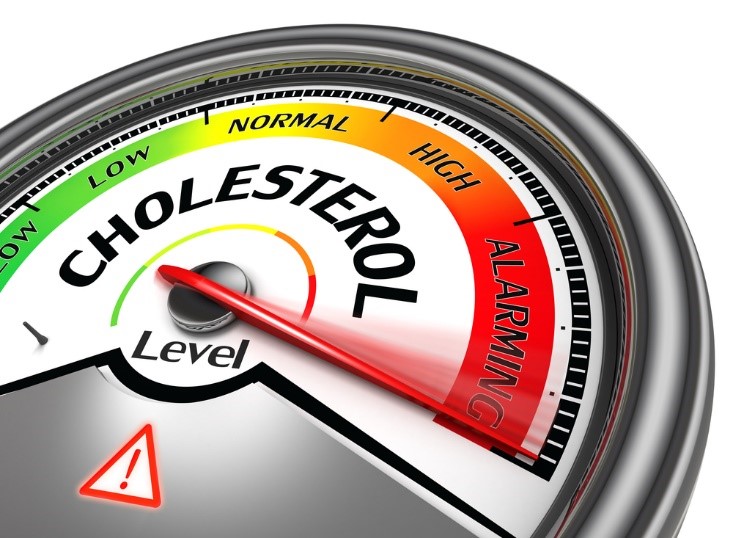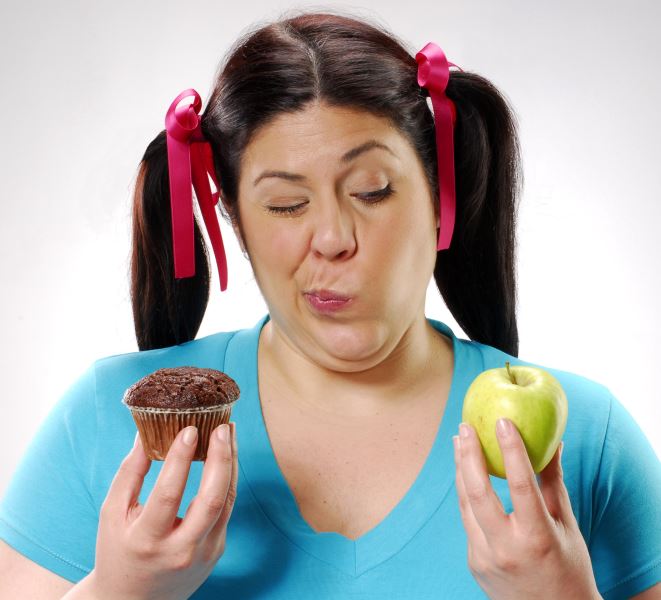High Blood Pressure in Children
High blood pressure, also called hypertension is a common condition among adults. However, recent study published with Jama Pediatrics has revealed that hypertension is on the rise in children as well and can affect kids from birth to their teens.
As a result, early diagnosis and treatment are important to manage high blood pressure in kids and teens.
In this article, we will understand what hypertension in children is, its causes, symptoms, and treatments.
What is Paediatric hypertension?
Blood pressure (BP) is the force of the blood pushing through the blood vessels. When this force is consistently higher than normal, it is called high blood pressure or hypertension. When this occurs in children, it is called paediatric hypertension.
High blood pressure in kids occurs when their blood pressure is at, or more, than the 95th percentile for others of the same sex, age, and height. For teens (i.e. 13 and older), high blood pressure is similar to adults. This means teenagers with high blood pressure have a reading of 120/80 (mm Hg) or more.
What are the Causes of Paediatric Hypertension?
There are usually two main reasons for high BP in children – primary and secondary hypertension.
1. Primary hypertension
Primary hypertension is also called idiopathic or essential hypertension. Common high BP causes in children include genetics, being overweight, or being obese. Primary hypertension is one of the most common types of high BP in children.
2. Secondary hypertension
This refers to hypertension that is caused by some other underlying condition. Some causes of secondary hypertension in kids could include kidney diseases, heart conditions, hormonal imbalances, sleep apnea, or even environmental exposure to things such as mercury, phthalates, cadmium, or lead.
What are the Symptoms of High BP in Children?
In most cases, there are no apparent symptoms of high BP in kids. However, it is recommended to check children’s blood pressure at routine doctors’ appointments after the age of three, especially if any common symptoms of hypertension are found.
In some extreme cases, symptoms of high BP in children may include like problems with vision, seizures, headaches, nausea, vomiting, chest pain and tightness, and heart palpitations.
Some common symptoms of hypertension in teenagers include dizziness, nose bleeds, racing heart, nausea, anxiety, shortness of breath, and more.
In case a child or teenager is displaying symptoms of extreme hypertension (also called hypertensive crisis), it calls for immediate medical attention from a professional.
How is Paediatric Hypertension Diagnosed?
If a child is suffering from symptoms of hypertension, it is best to visit a healthcare professional. Doctors may perform a physical exam on the child, taking into account any family history of high blood pressure, the child’s medical history, activity levels, and diet and nutrition.
The child’s blood pressure is measured using a cuff and proper technique. It is important to note that stress could cause a child’s BP to increase, so keeping them calm and comfortable is important. Measuring multiple times for accuracy is also important.
To be fully diagnosed with hypertension, the child must show high BP across three check-ups.
In case a child is diagnosed with hypertension, it is then necessary to do appropriate tests to find out if it is primary or secondary. These are used to determine any issues that may be leading to the high BP. Common tests include:
1. Blood tests
This is used to check if the child’s electrolytes, kidney function, cholesterol levels, etc. are all right.
2. Ultrasound
An ultrasound of the child’s kidneys may be done.
3. Urine sample test
The child’s urine sample may be taken to look for substances such as protein, which may be a sign of poor kidney function.
4. Echocardiogram
This is used to produce pictures of the child’s heart, and blood flow through the heart to check for any issues.
In case hypertension is left untreated, it can cause several problems in children and may lead to cardiovascular issues, kidney failure, heart disease, or other complications.
What is the Treatment of High Blood Pressure in Kids?
Treatment for paediatric hypertension depends on the severity of the child’s problem and is decided by their medical professionals. For moderate or low hypertension, lifestyle changes such as increased exercise, dietary changes, and a good quality sleep, are recommended.
However, in more severe cases, medical professionals may choose to prescribe medications to help control high BP. In case there are underlying conditions that are causing the hypertension, then treatment of those conditions should also help reduce it.
Hypertension is on the rise in children and adolescents, and can often pose serious health issues, if left unmanaged. In case of symptoms of hypertension in kids, consult doctors for proper testing and treatment and book blood tests with Dr Lal Path Labs today!
FAQs
1. Does being overweight impact a child’s blood pressure?
Yes, children who are obese or overweight can be more likely to develop high BP.
2. What is the leading cause of paediatric hypertension?
In older children, paediatric hypertension is typically associated with lifestyle and dietary issues, whereas in younger children it is more often caused by underlying health conditions such as kidney or heart diseases.














